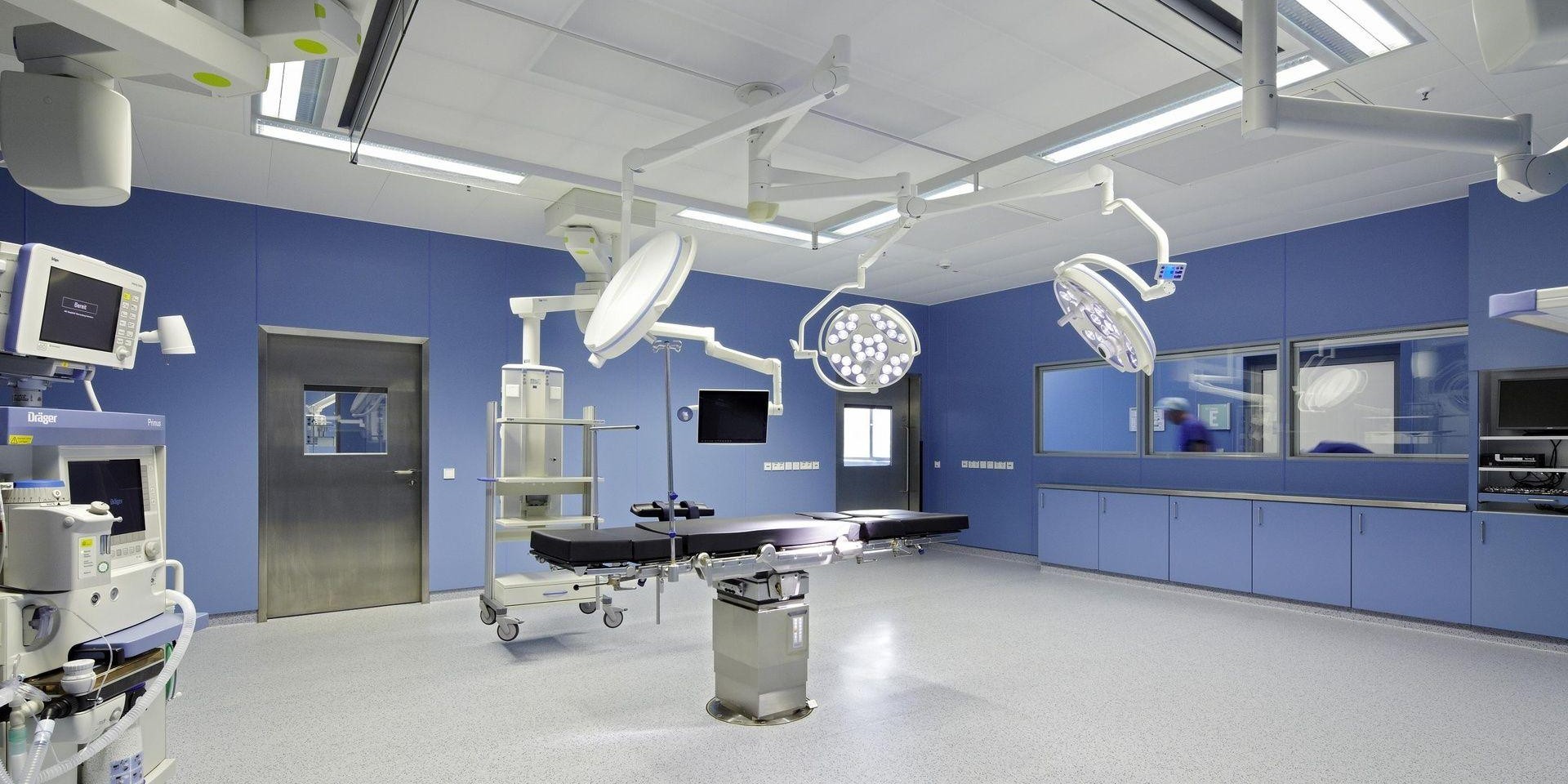What is Glaucoma?
Glaucoma is a disease in which the optic nerve, which connects the eye to the brain, is gradually damaged, leading to a progressive narrowing of the field of vision. If left untreated, it may result in blindness. In Japan, glaucoma is the leading cause of acquired blindness.
- Few or no symptoms in the early stages
- The central vision is preserved until late, making it hard to notice
- One eye compensates for the other, delaying recognition of vision loss

Causes and Types of Glaucoma
The most common form is “primary open-angle glaucoma,” which is associated with intraocular pressure and structural weakness of the optic nerve. Other types include:
| Type | Characteristics |
|---|---|
| Primary Open-Angle Glaucoma | Most common type; progresses slowly and is often unnoticed |
| Normal-Tension Glaucoma | Optic nerve damage occurs even with normal intraocular pressure |
| Angle-Closure Glaucoma | Sudden rise in eye pressure, often with severe eye pain and headache |
| Secondary Glaucoma | Caused by other diseases or medications |
Examinations and Diagnosis
At our clinic, we combine several tests to detect and diagnose glaucoma early and accurately:
- Intraocular pressure tests (non-contact and Goldmann applanation)
- Angle examination (gonioscopy)
- Visual field test (Humphrey field analyzer)
- OCT (Optical Coherence Tomography) to assess retinal nerve fiber layer
- Fundus examination to evaluate the optic disc
Treatment Options
The main goal of glaucoma treatment is to lower intraocular pressure. Since damaged optic nerves cannot be restored, slowing or halting disease progression is critical.
Main Treatment Methods
- Eye drops: Most common method, often using a combination of medications
- Laser treatment: Such as Selective Laser Trabeculoplasty (SLT)
- Surgery: For cases where drops and laser are insufficient (trabeculotomy, outflow reconstruction surgery, etc.)
“Early Detection and Ongoing Care” Are Key
Glaucoma progresses “slowly and quietly.” Because there are often no symptoms at first, we recommend regular eye exams starting at age 40.
For those diagnosed, continuous follow-up and treatment are crucial. Never stop using your eye drops without medical advice.
Frequently Asked Questions
Can glaucoma be cured?
Currently, there is no way to restore damaged optic nerves, but progression can be slowed or stopped.
What does vision loss from glaucoma look like?
It’s often unnoticeable in early stages, but over time, areas of vision gradually disappear. Early detection through visual field tests is important.
How often do I need checkups?
Depending on your condition, regular checkups every 3 to 6 months are recommended to monitor the effectiveness of treatment.
Click here for consultations or to book a glaucoma examination